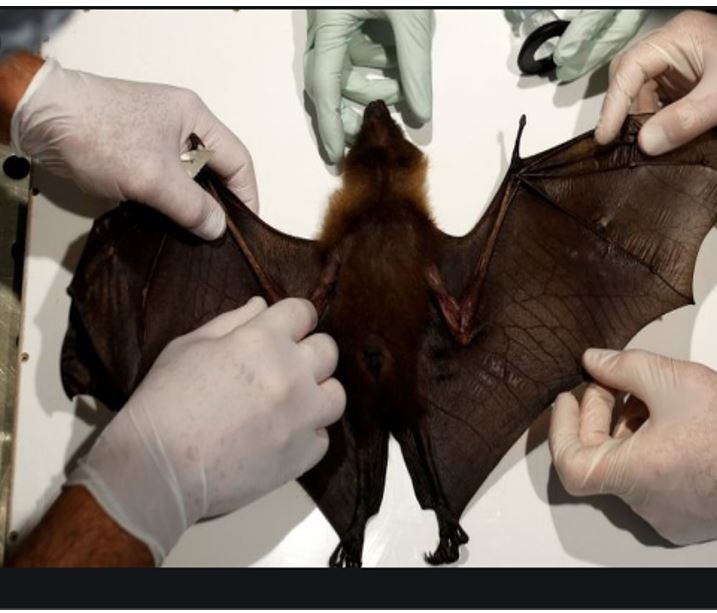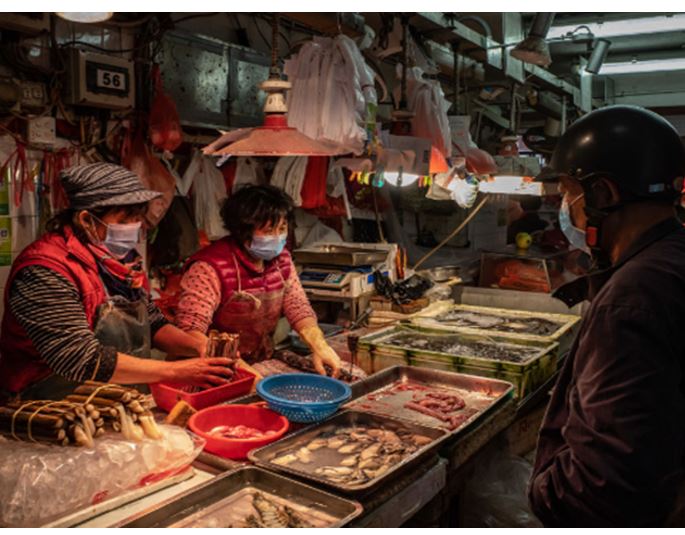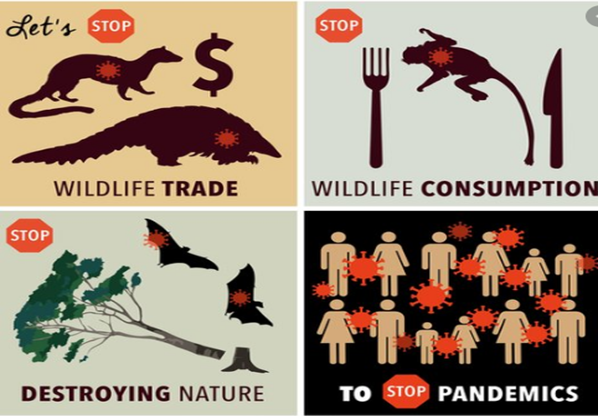Summary
It is no longer a rumor that the current outbreak of COVID-19 resulted from a seafood virus. This follows after epidemiological investigations which suggested an association of bats as the probable cause of coronavirus (Yuan et al., 2020). The pandemic has continued to claim millions of peoples’ lives across the globe, leaving the economy wrecked, and paralyzing health. Prospects from epidemiologists have emphasized that the pandemic can only be prevented by adequately improving wildlife conservation measures and observing food safety for human safety (Obrenovic et al., 2020). Human’s constant and continuous exploration and interference with wildlife seem to be the greatest weapon of destruction that has ever been invented.
From the epidemiological investigation, the seafood market in Wuhan was termed as the cause of the outbreak and Coronavirus was identified as of bat origin. Does this then pose the question: could humans be trying to invent foods that have not been authorized by God as fit for consumption? Or could this be a sign that a clear boundary between man and wildlife has to be set? This is not, however, the first time associating wildlife with the outbreak of pandemics following Severe Acute Respiratory Syndrome (SARS) which broke in Guangdong, China in 2002 (Yuan et al., 2020). By then, the bat was identified as the chief host of SARS coronavirus. The outbreak of these two epidemics has reflected zoonotic sources of viruses that can be transmitted to humans.

The Chinese and Wild Animals Delicacies
Yuan and et al. (2020) conducted research following the outbreak of Covid-19 on the association of wild animals with the novel virus. They note that China has had a long history of food culture and a splendors catering industry (Yuan et al., 2020). Consuming wild animals in ancient days was to supplement protein but nowadays it has become a curiosity to some people, more so the tyrants in China who want the high-priced meat from wild animals.
Still, in 2013 another infection, Avian Influenza A (H7N9) virus in China, showed how humans have been exposed to live poultry where live birds were sold (Yuan et al., 2020). Zoonotic infections have been associated with the eating and trading of wild animals. Yuan et al. (2020) emphasize regulating wildlife conservation and food safety to curb human exposure to the novel viruses as of vital significance. Viral infections have been posed as a threat to public health and the global economy. In view of the association between the epidemic and wildlife consumption which has happened in China, Yuan et al. (2020) emphasize precautions to reduce human exposure to the novel virus. Additionally, the World Health Organization (WHO) and the National Health Commission of the People’s Republic of China (NHCP) have emphasized more efficient regulations to be taken for prevention at the source.

Precautions
Laws against Eating Wild Animals
Even though China has a law on the protection of wildlife, it does not integrate the natural ecosystem as a scope of protection. This law was enacted to protect endangered species from extinction, and significant terrestrial wildlife with ecological and scientific value. Yuan et al. (2020) argue that the installation of a law which prohibits the eating of wild animals and indicates serious punishment following legal violation is urgently needed. It is therefore upon the legal system to enact laws that prohibit eating wild animals.
Awareness of Hazards of eating Wild Animals
Vigorous campaigns aiming at raising awareness of the hazards of wild animals including health risks, and announcements on the bans of trading wild animals need to be urgently launched. Such campaigns are vital as they also strengthen existing laws on wildlife. Enhancing social awareness is vital since it reaches the target masses effectively and within a short time. The use of social media has been applauded as one way of promoting public awareness and health education on the risks of eating wild animals.

Improving Food Safety Standards
Food safety improvement standards integrate all regulatory policies for ill and dead livestock transactions. Exposure to infected or dead animals and ill poultry has been flagged as the primary risk factor (Yuan et al., 2020). Additionally, slaughtering, handling carcasses and consuming such animals pose a great danger to human health. Even though food safety was emphasized during the outbreak, there is a need for preventive actions for future reference.
Increasing Market Supervision and Monitoring
Banning the consumption of wild animals via people’s awareness may not be easy and hence, effective and reasonable market supervision is adequately needed. Wild animals enter the market following leniency in-laws. To effectively exterminate wild animals from the market, there have to be laws on permitted edible animals listing animals that are legally authorized.
Implications
In pursuit of the precautions laid in the article, the conservation of wildlife is critical to prevent humans from being infected with novel viruses. Wild animals have the right to life and there should be a clear demarcation between human and wildlife contact. This study was important since it raised awareness on the impacts of consuming wild animals, operating in markets with ill or dead animals, inappropriate handling of carcasses and exposing ill poultry to human health. The findings or the precautions given in the article are significant and should be adopted as a way of conserving wildlife and strengthening the existing policies on wildlife conservation.
References
Obrenovic, B., Du, J., Godinic, D., Tsoy, D., Khan, M. A. S., & Jakhongirov, I. (2020). Sustaining enterprise operations and productivity during the COVID-19 pandemic: “Enterprise effectiveness and sustainability model”. Sustainability, 12(15), 5981.
Yuan, J., Lu, Y., Cao, X., & Cui, H. (2020). Regulating wildlife conservation and food safety to prevent human exposure to the novel virus. Ecosystem Health and Sustainability, 6(1), 1741325.